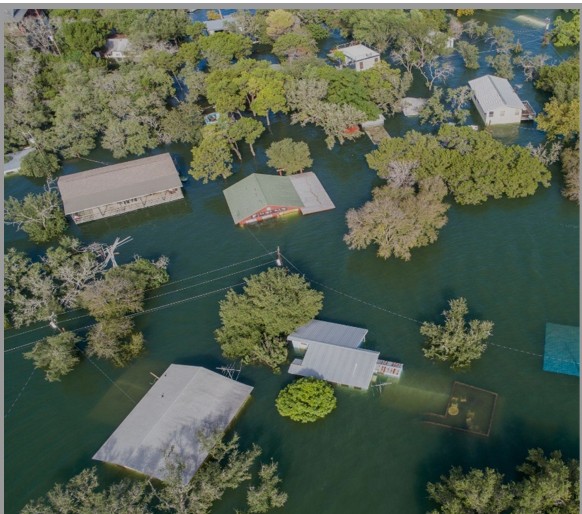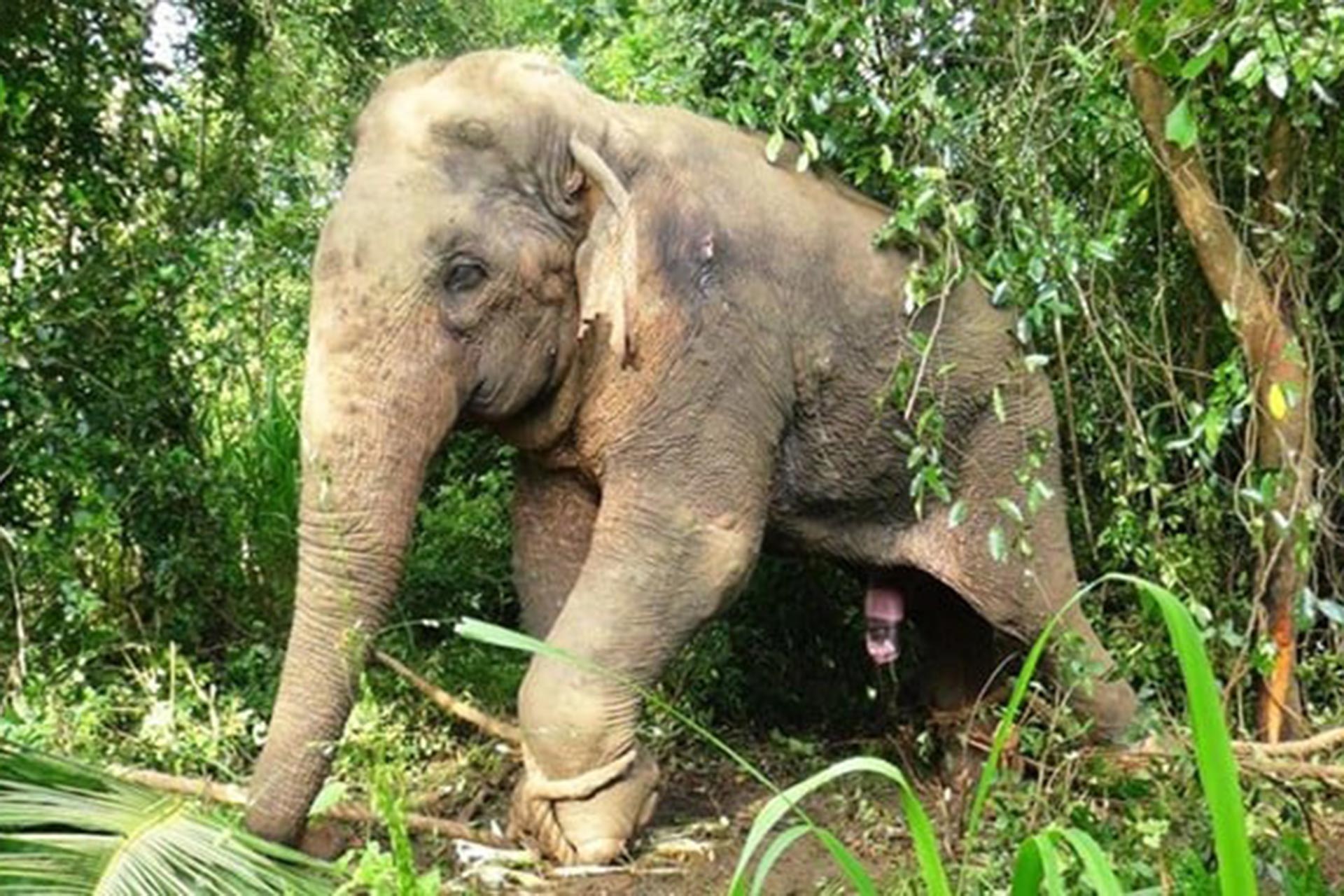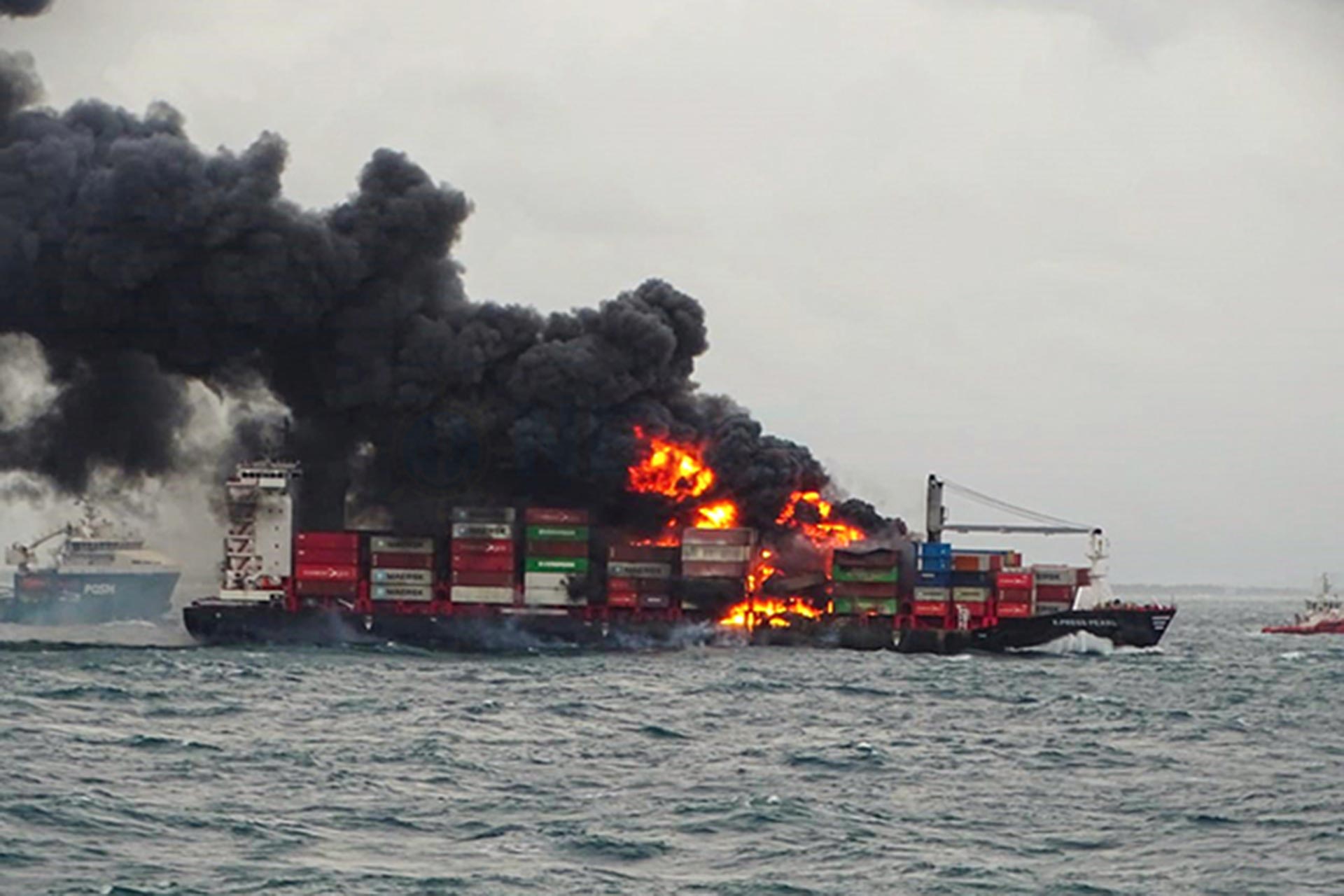
By, Thilini Dharmathilaka
At least 3.3 million people’s daily lives are “highly vulnerable” to the effects of climate change for example, heatwaves, droughts and floods. climate change is already having serious and far-reaching impacts on millions of people. At least 3.3 million people being highly vulnerable is in line with findings from major reports like those from the Intergovernmental Panel on Climate Change (IPCC). These people often live in regions with:
Limited infrastructure to cope with extreme weather events
Dependence on climate-sensitive livelihoods like agriculture
Insufficient access to resources like clean water, healthcare, or emergency response systems
Eg:
Heatwaves: Increasing in frequency and intensity, especially affecting urban populations and the elderly.
Droughts: Disrupting water supplies, farming, and leading to food insecurity in many parts of Africa, Asia, and Latin America.
Floods: Destroying homes, displacing communities, and spreading waterborne diseases notably in low-lying areas like Bangladesh or island nations in the Pacific.
Between 2030 and 2050, climate change is expected to cause approximately 250,000 additional deaths per year. World Health Organization (WHO) and it’s a stark reminder of how climate change is not just an environmental issue, but a Public Health Crisis.
Between 2030 and 2050, climate change is expected to cause approximately 250,000 additional deaths per year, from factors such as:
Malnutrition due to crop failure and food insecurity
Heat stress as temperatures rise, especially in vulnerable populations
Diarrheal diseases linked to unsafe water and sanitation after floods or droughts
Vector-borne diseases like malaria and dengue spreading to new regions as temperatures and humidity increase
What’s most concerning is that these estimates don’t even account for indirect effects, like:
Conflict over shrinking resources
Mental health issues from displacement or disaster trauma
Economic collapse in communities dependent on climate-sensitive sectors
Experts predict that by 2050, 1.2 billion people could have been forced out of their homes because of climate change. by 2050, as many as 1.2 billion people could become climate refugees or be forcibly displaced due to climate-related factors. This figure was highlighted by the Institute for Economics and Peace (IEP) in their Ecological Threat Register.
Here’s how climate change contributes to such massive displacement:
Main Drivers of Climate-Induced Displacement:
Rising sea levels: Threatening low-lying countries like the Maldives and Bangladesh
Extreme weather events: More frequent hurricanes, floods, and wildfires destroy homes and infrastructure
Droughts and desertification: Undermining food and water security in sub-Saharan Africa, the Middle East, and Central Asia
Resource conflicts: Scarcity of food, water, and land may lead to internal or cross-border conflicts
Who’s Most at Risk?
Coastal communities (Eg- The Torres Strait Islanders, Maldivian Islands)
Farmers and pastoralists in drylands
Residents of informal settlements and overcrowded urban areas
Already vulnerable populations, like indigenous groups or those living in poverty
This migration won’t just be across borders — internal displacement within countries is likely to surge too. This could put immense pressure on urban infrastructure, healthcare, and social systems.







